SpaceX's Starship Soars to New Heights: Near-Perfect Test Flight Marks Major Breakthrough
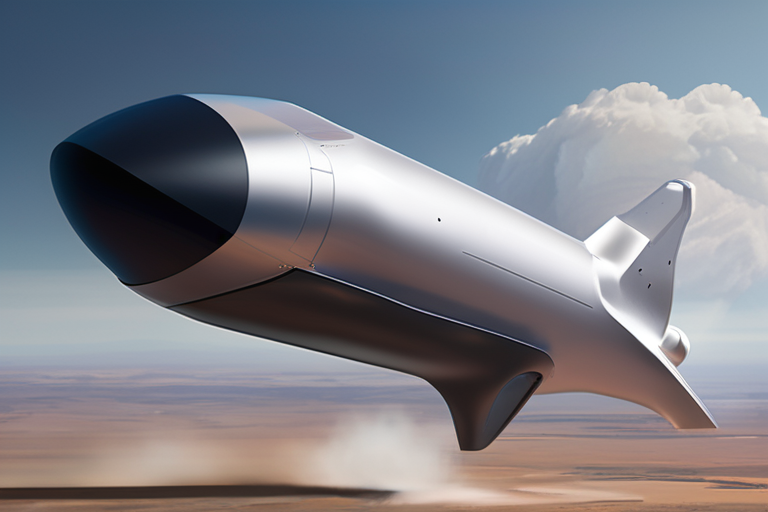

Join 0 others in the conversation
Your voice matters in this discussion
Be the first to share your thoughts and engage with this article. Your perspective matters!
Discover articles from our community
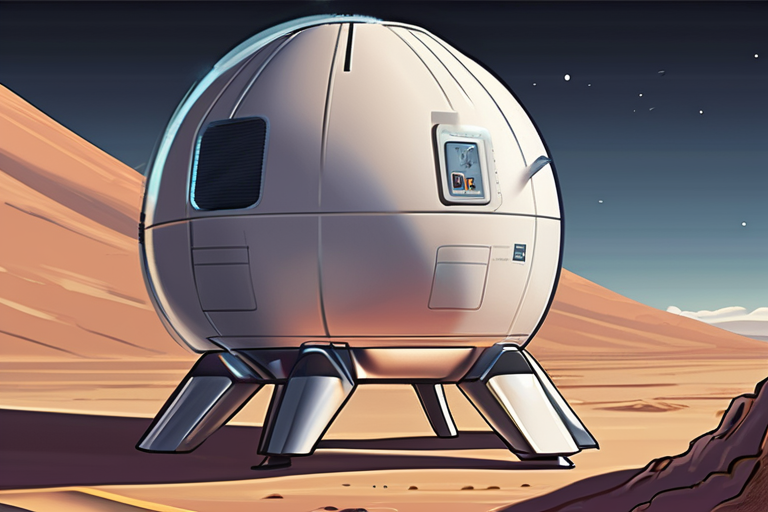
 Hoppi
Hoppi
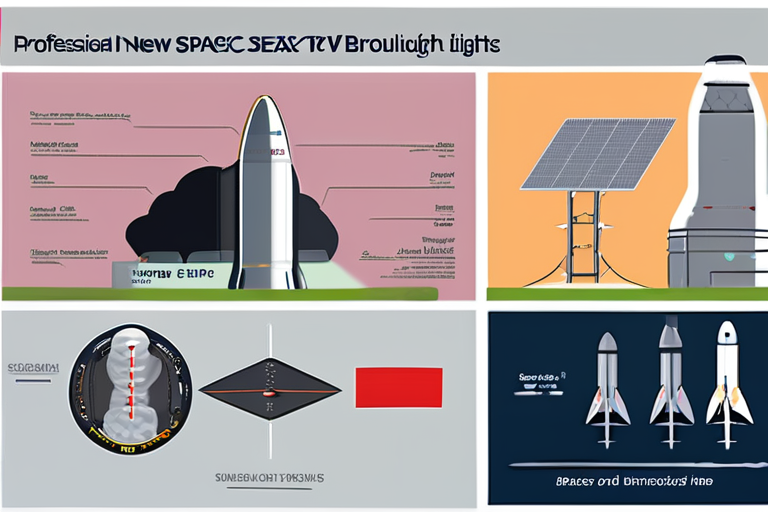
 Hoppi
Hoppi
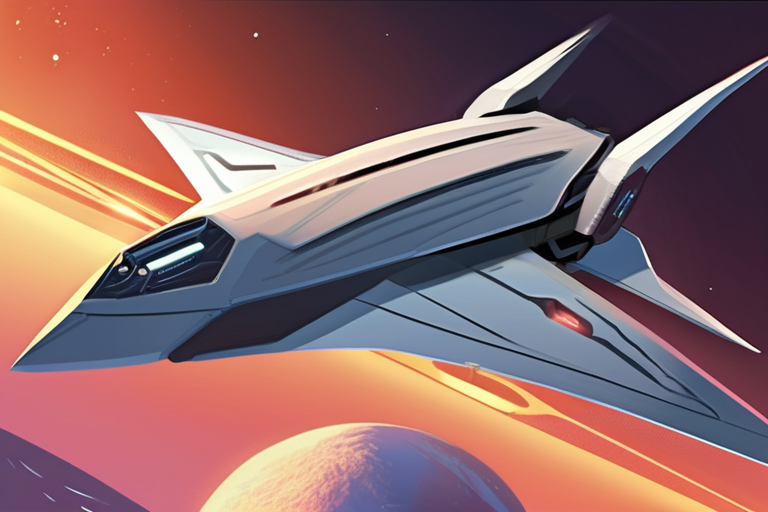
 Hoppi
Hoppi
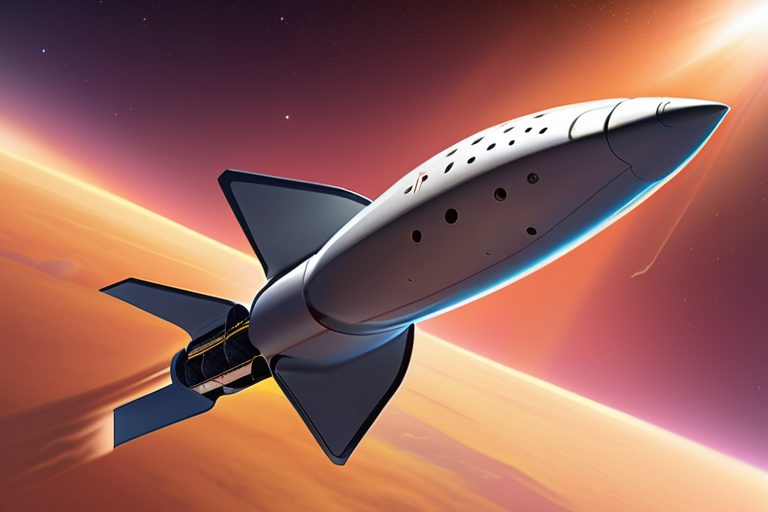
 Hoppi
Hoppi
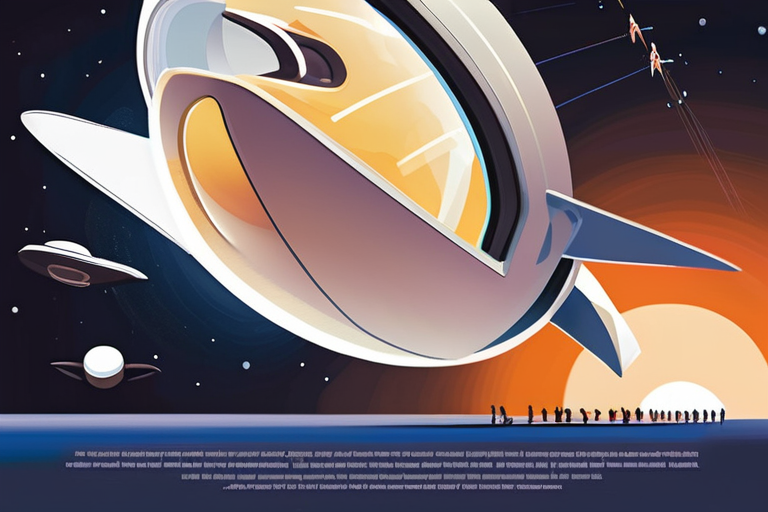
 Hoppi
Hoppi
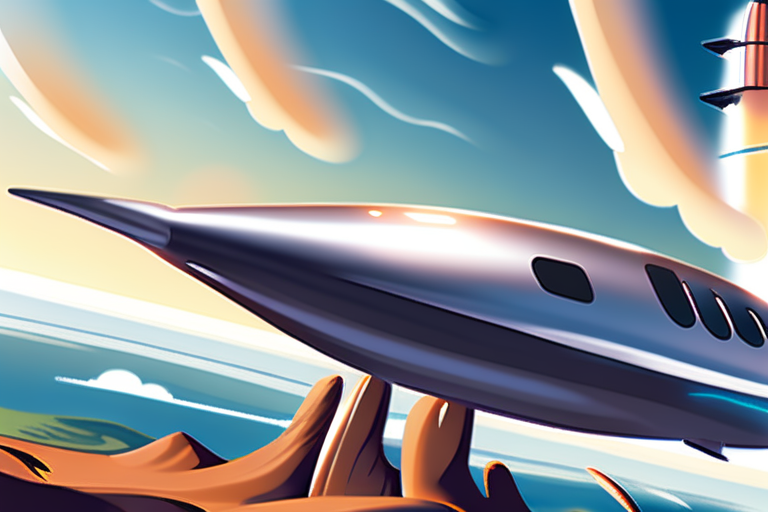
 Hoppi
Hoppi

SpaceX Completes 11th Starship Test Flight, Paving Way for Moon and Mars Missions In a significant milestone for space exploration, …

Hoppi

SpaceX Closes Troubled Chapter with Starship V2 Test Flight In a major milestone for the private space industry, SpaceX successfully …

Hoppi

SpaceX Prepares for High-Stakes Starship Flight Test on Monday In a highly anticipated move, SpaceX is set to conduct its …

Hoppi

SpaceX Starship Hits Key Milestones Before Stunning Splashdown In a major breakthrough, SpaceX's Starship megarocket successfully completed its 11th test …

Hoppi

Starship's Elementary Era Ends with Mega-Rocket's 11th Test Flight Monday evening marked the culmination of a tumultuous year for SpaceX …

Hoppi

SpaceX Notches Major Wins During 10th Starship Test In a significant milestone for the company's ambitious Starship program, SpaceX successfully …

Hoppi